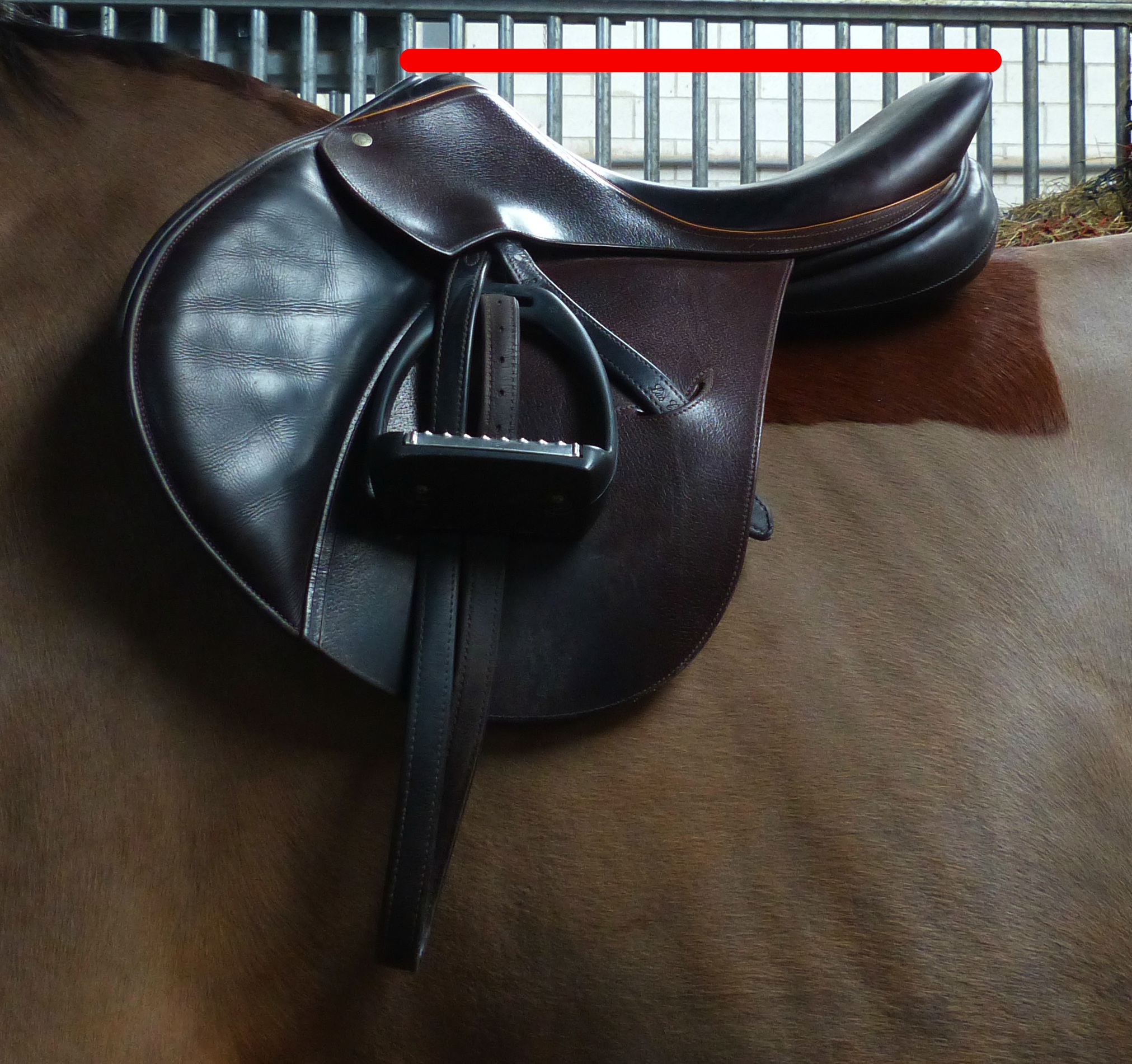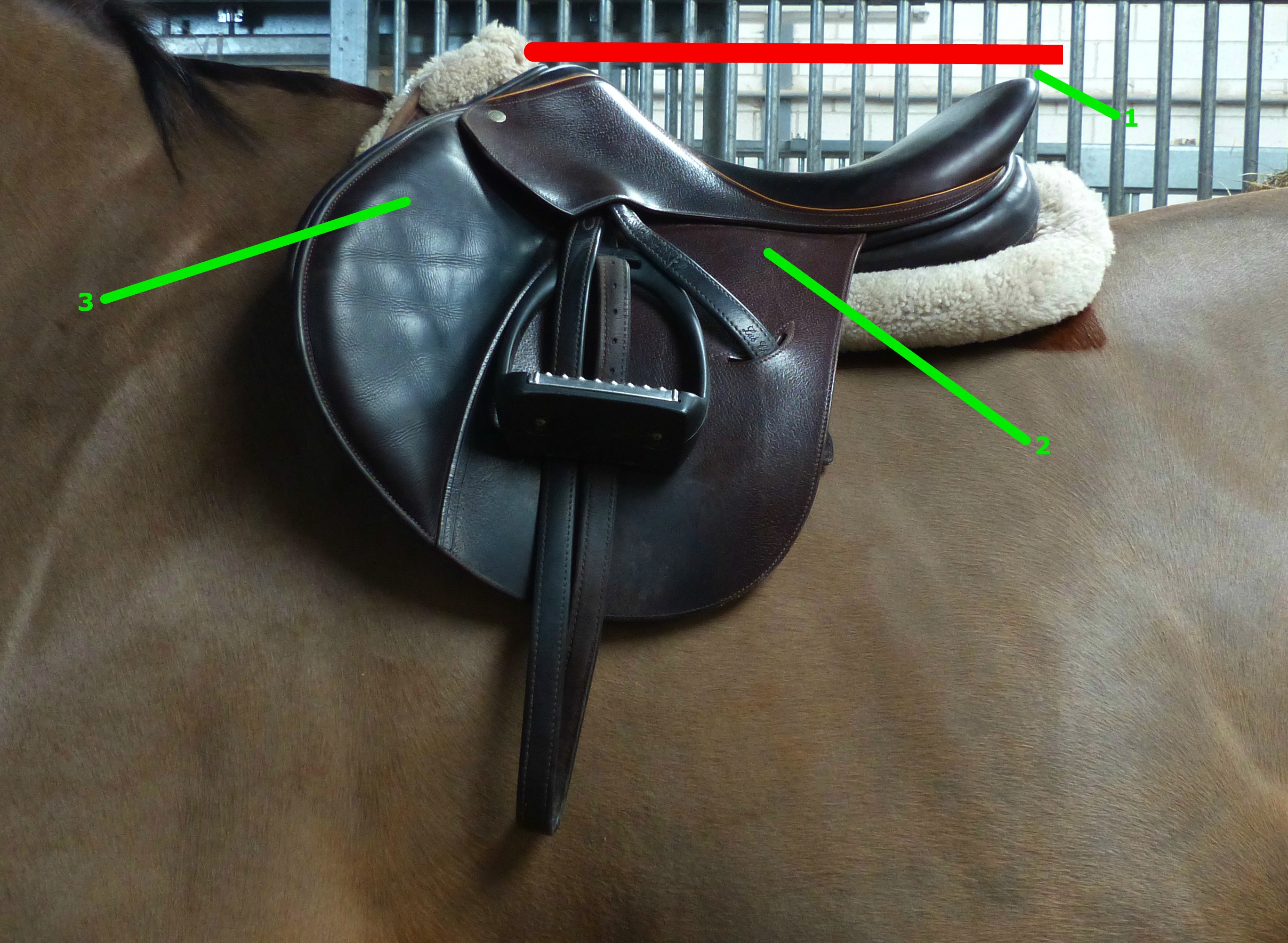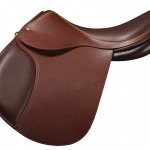· To protect the horses back: Concussion/absorb impact
· To pad out a saddle that’s too big?
· Saddle fitter told me to
· Horse has lumps on its back
· Saddle is not stable, too wide, too tight
· Through to quite simply ‘It looks nice’!!
But, what some riders fail to realise is that even if they are using one of these types of pads whether it be for just for competitions or all of the time, it can have a huge effect on the fit of the saddle. For example, on a narrow TB type it can make gullet much narrower and combined with the high wither the saddle’s pommel may sit on the spine but the pad will make it even tighter.
On a horse with a big shoulder with or without wither it can cause bridging and make the saddle tight on the shoulder. Putting a thick pad can also increase the movement of the saddle and even change the balance of the saddle, either by lifting at the front through the shoulder or through the back, if the saddle is sitting on the thick edge. You also need to make sure fluffy is long enough for your saddle.
The wrong choice of pad can also reduce space through the gullet and restrict movement of the spine when the horse is working through. Especially a problem if a horse is tense/hollows – made even worse when the girth is done up tightly to try to stop it moving back. The saddle will always try to move to where there is space. A horse cannot make a shape over his back if the saddle is jammed on it!
You need to make sure there is sufficient space in the middle of the fluffy also, some pads are very thick and quite hard and take most of the gullet space.
So in what circumstances can using a thicker pad help?
They can help improve comfort especially if flocking has gone hard, but balance is still good and the general fit of the saddle is not compromised. They can also add good shock absorption for horses competing at high level in jumping or dressage but arguably if the saddle fits the horse correctly they should not be a necessity.
To conclude it’s fair to say that they certainly have positive benefits when riding for long period of time: i.e.: hunting, endurance and pleasure rides and when impact on the horse’s back can compromise comfort.










